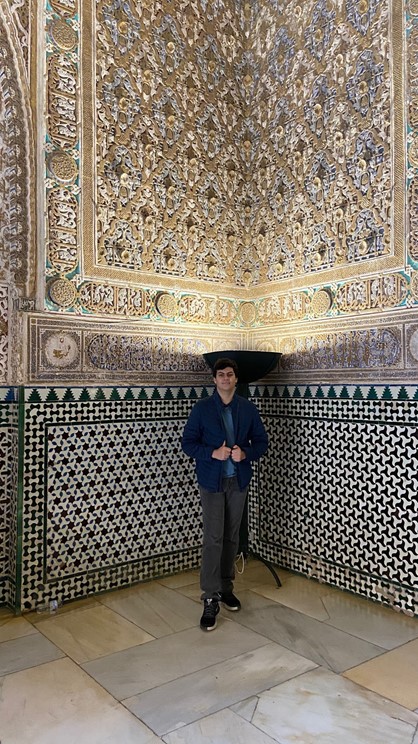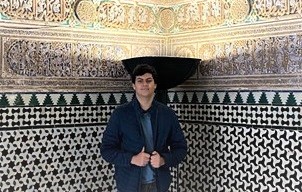
As-salaam alaykum. My name is Ibrahim, and I am a sophomore here at Loyola. I am pursuing a double major in Biology and Information Technology with a minor in Arabic, with the goal of becoming a dentist. I am currently in Arabic 104, and hope that I can continue to elevate my communication and understanding of the language, in order to open many doors later on in life.
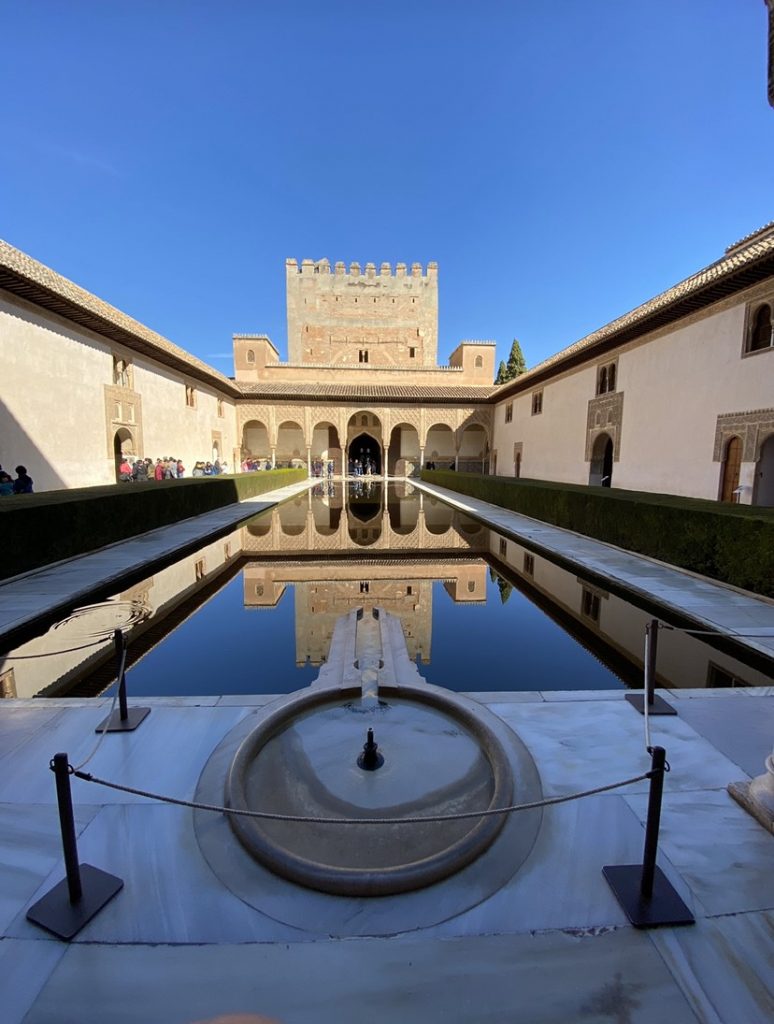
Last year, I had the pleasure of watching The Hidden Art of Islam, an engaging and fascinating documentary giving a great perspective of the rich history and origins of Islamic art and religion. This past spring break, I witnessed this amazing art firsthand on my week-long visit to Spain with my family. Formerly ruled by the Moors for centuries, the mosques and palaces helped to give a glimpse into the peak of Islamic civilization. I found that my trip gave me a new understanding, curiosity, and appreciation of the history of Islamic architecture and civilization; and how they were truly able to redefine the world during a time referred to as the “Dark Ages” for many other civilizations.
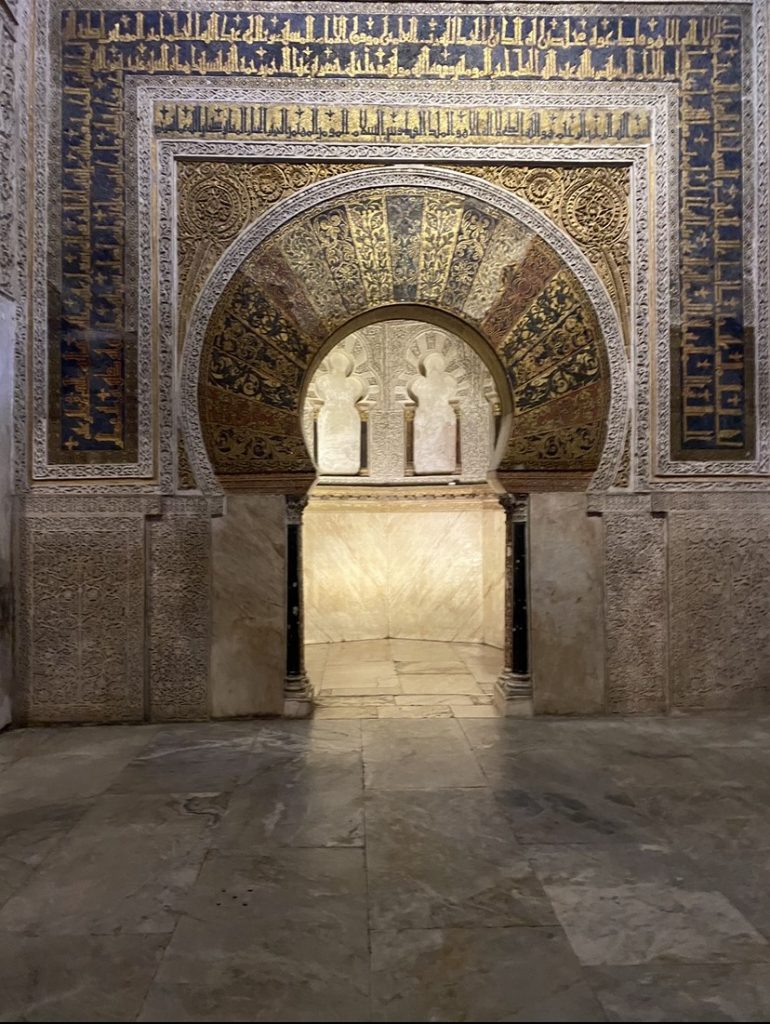
I still have vivid memories of the beautiful geometric patterns and powerful Quranic verses and Hadiths carved on the walls. Furthermore, my Muslim faith meant that I had some background knowledge on Muslim history and some of the controversies mentioned in the documentary.
The Hidden Art of Islam, published by PBS and filmmaker Faris Kermani, helps to illustrate a timeline of Islamic art, its importance, as well as many of the controversies that are raised by scholars today. The film begins by detailing the origins of the Muslim faith and the importance of the city of Mecca. Specifically, the film places a great deal of importance on Hajj and the Kaaba, and its transition from a house filled with idols to the House of God. Following this, the film transitions to the unveiling of an 8th century Quran in a museum, one of the oldest manuscripts remaining today.
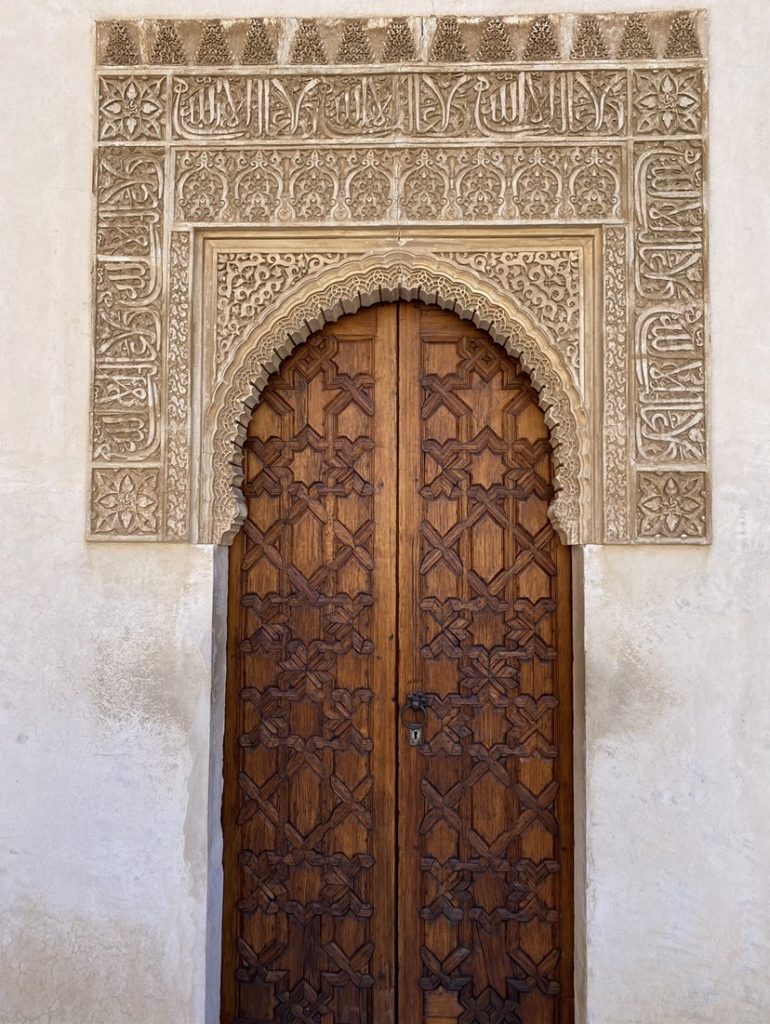
The significance of the Quran is used as a transition into its importance in modern day calligraphy, one of the prominent forms of arts in the Middle East. However, with abundance comes controversy. One of the main questions the film hopes to answer is whether the usage of faces is permissible by Islamic rule. This stems from the ruling stating that the prophet and God are not to be drawn, to avoid Muslims from sinking into idolatry again. Finally, the documentary shifts its focus to the style of today’s artists, highlighting their creativity, and the unwavering importance of the Quran and the Kaaba.
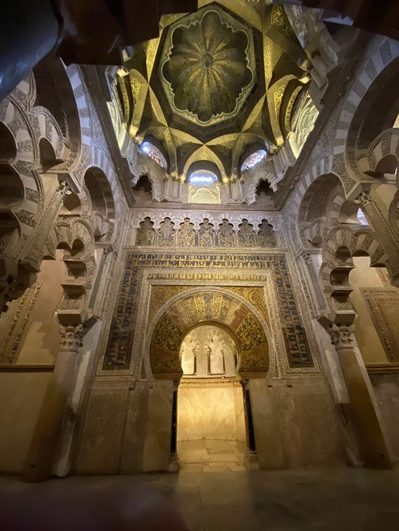
It’s safe to say the documentary redefined my understanding of Arabic calligraphy, art. and history, opening my eyes to the transitioning of these elements over time and the controversies that have emerged with them. For example, even though I was aware of how God and the prophets should not be depicted, I was unaware that the depictions of pilgrims had tremored the nerves of so many modern Islamic scholars.

I highly recommend this documentary, and another called “When the Moors Ruled In Europe”, as they helped me to connect back to my trip and answer many of the questions raised by the significance of the breathtaking artwork I had admired. Additionally, it reminded me of the reassuring fact that while many might say that the Islamic society has regressed since the golden age, many of its core values live on and benefit all human civilizations.
